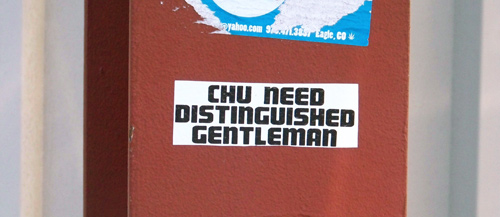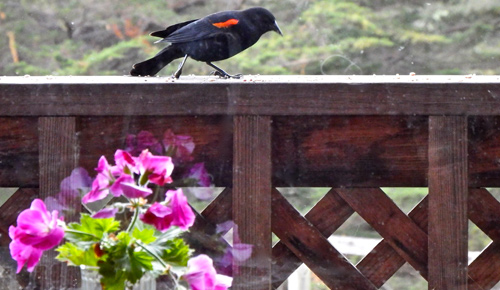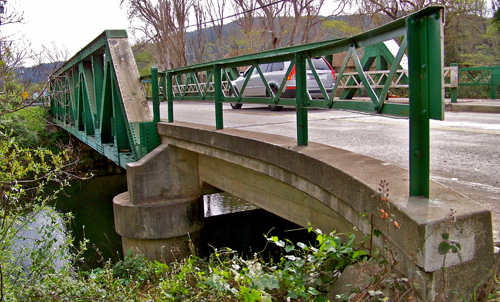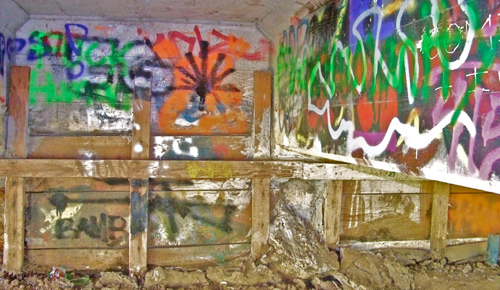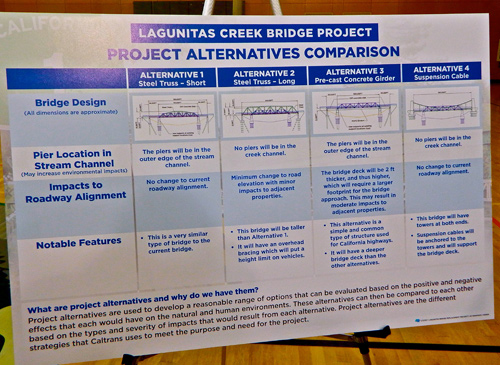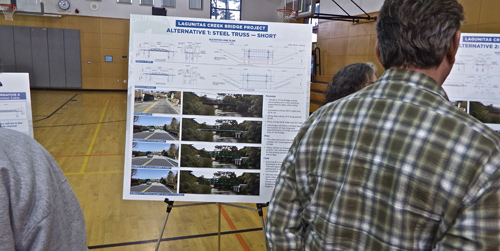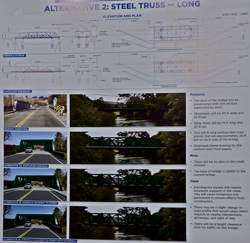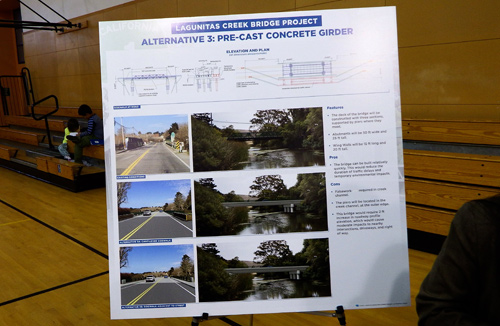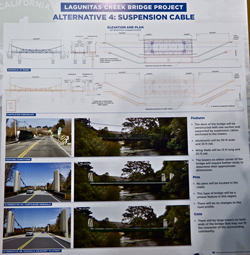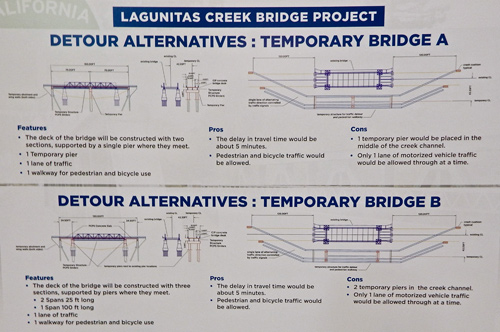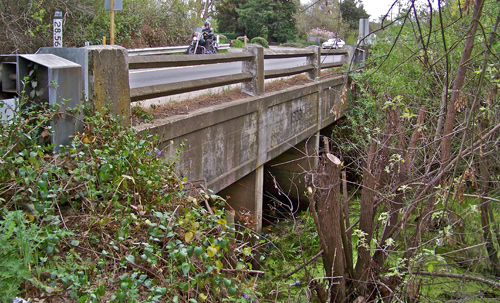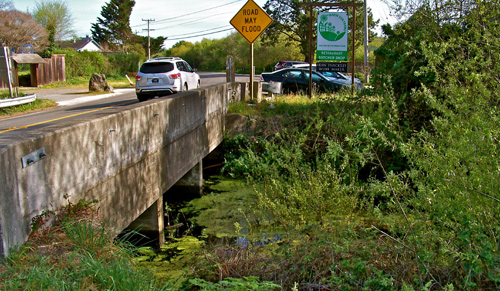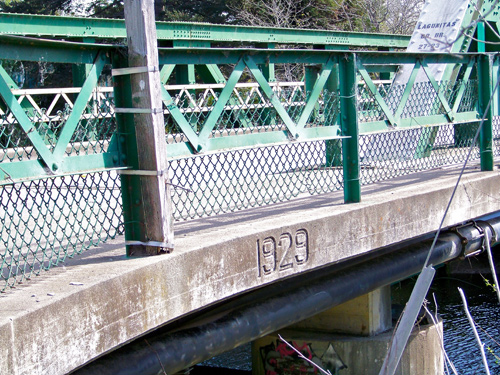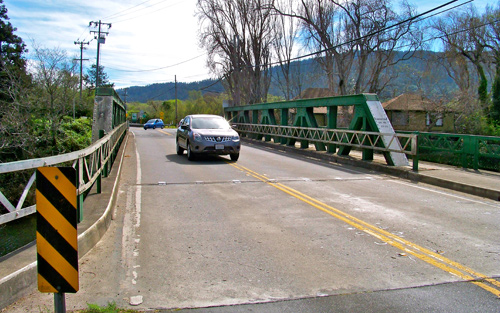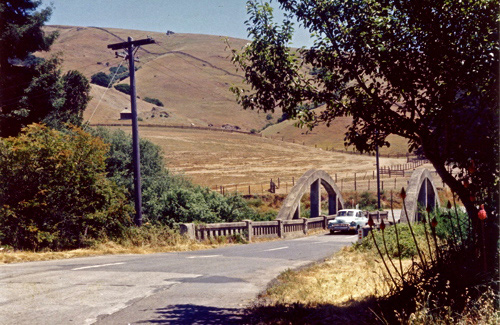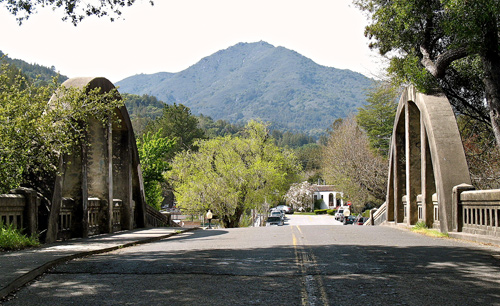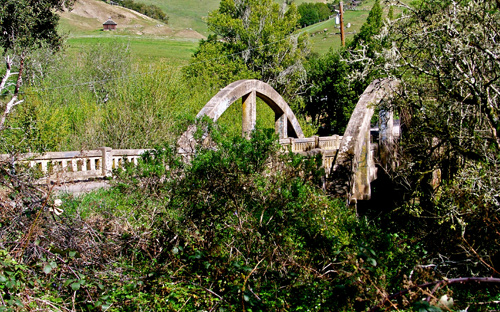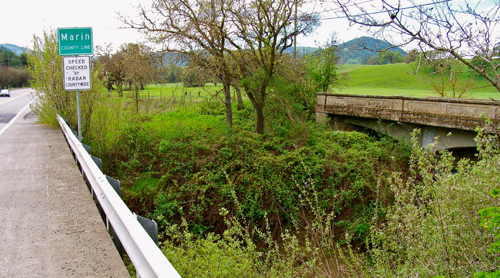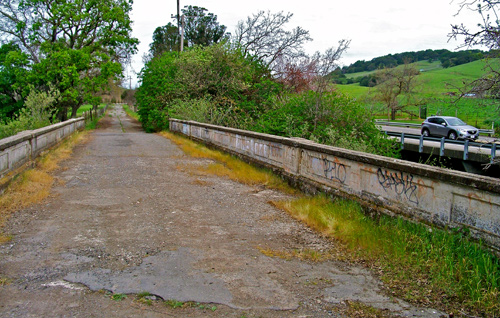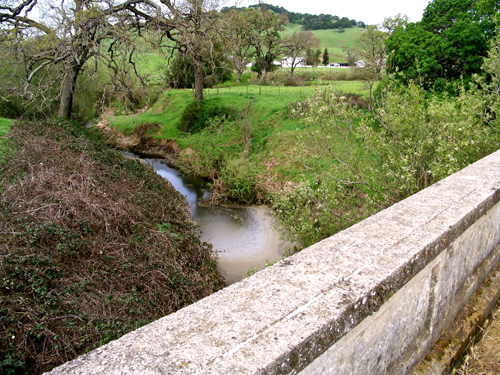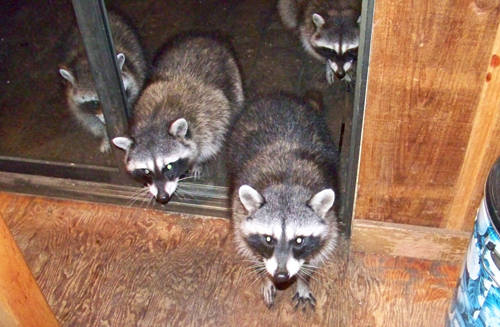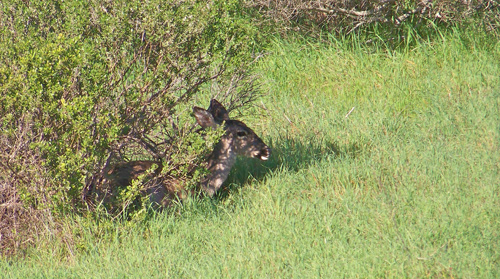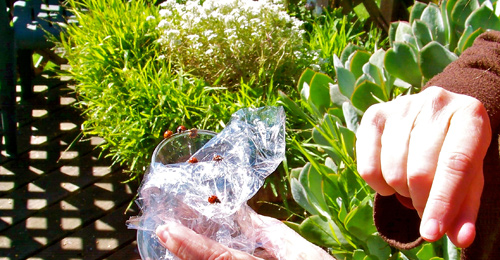Sun 29 Mar 2015
The whole truth and a bit more
Posted by DavidMitchell under Point Reyes Station, West Marin nature, Wildlife
1 Comment
A guy is driving through Chileno Valley when he sees a sign in front of a ranch house: “Talking Dog For Sale.” He rings the bell. The owner answers and tells him the dog is in the backyard.
The guy goes into the backyard and sees a nice looking Labrador retriever sitting there. “You talk?” he asks. “Yep,” the Lab replies. After the guy recovers from the shock of hearing a dog talk, he says “So, what’s your story?”
The Lab looks up and says, “Well, I discovered that I could talk when I was pretty young. I wanted to help the government, so I told the CIA. In no time at all they had me jetting from country to country. I was able to sit among spies and world leaders because no one figured a dog would be eavesdropping.
“I was one of their most valuable spies for eight years running. But jetting around really tired me out, and I knew I wasn’t getting any younger, so I decided to settle down. I signed up for a job at the airport to do some undercover security, wandering near suspicious characters and listening in. I uncovered some incredible dealings and was awarded a batch of medals.
“I got married, had a mess of puppies, and now I’m just retired.”
The guy is amazed. He goes back in and asks the owner what he wants for the dog. “Ten dollars,” the rancher says. “Ten dollars!” the guy exclaims. “This dog is amazing! Why on earth are you selling him so cheap?”
“Because he’s a liar,” the rancher replies. “He never did any of that crap.”
More canine lore. Even after the brick Grandi Building in Point Reyes Station was reinforced a few decades ago by putting a steel frame inside the building, some concern remained that bricks would pop out of the wall during a major earthquake. That resulted in a warning being painted on the building, but within weeks, pranksters changed “PARKING” to “BARKING.” Nowadays motorists routinely ignore it. This year, the vacant building will turn 100.
Earthquakes are not the only threats to bricks in Point Reyes Station. Here a Western gray squirrel gnaws on a brick outside of Mitchell cabin. Why? “Because they have rootless teeth that keep growing, they must gnaw continuously to wear them down,” explains the Canadian Federation of Humane Societies. “Otherwise they would be unable to close their mouths and their teeth would continue to grow and eventually prevent them from feeding.” Photo by Lynn Axelrod
Lynn and I were enjoying a couple of mocha coffees at Toby’s Coffee Bar Sunday, as we often do, when she noticed this sign on the front of the building. I had no idea what “orse” means, so I looked it up. Turns out its most common meaning in British English is “not comparable.” In short, there’s no stable that can compare with Five Brooks.
Further down the main street I spotted this small sticker on a steel beam that’s part of the Palace Market’s external frame. Chu is a Chinese surname, but that doesn’t explain the sign. I was laughing at it when a woman walked past, read the sign, and with a laugh remarked, “Well, it’s not me.”
A hummingbird flew into Toby’s Feed Barn Sunday and apparently lost its way among the skylights high overhead. There would be no practical way to get to it or catch it, so I’m just hoping it finds its way out soon.
More avian mishaps. Two red-winged blackbirds with injured legs have begun showing up at Mitchell cabin. Neither Lynn nor I could figure out what happened to them, so Lynn asked Dave DeSante, president of the Institute for Bird Populations in Point Reyes Station. His only guess was that they’d gotten their legs tangled in something unknown. So far, at least, they’re surviving. Photo by Lynn Axelrod
A passenger in a taxi leaned over to ask the driver a question and gently tapped him on the shoulder to get his attention. The driver screamed, lost control of the cab, nearly hit a bus, drove up over the curb and stopped just inches from a large, plate-glass window.
For a few moments everything was silent in the cab. Then, the shaking driver asked, “Are you OK? I’m so sorry, but you scared the daylights out of me.” The badly shaken passenger apologized to the driver and said, “I didn’t realize that a mere tap on the shoulder would startle someone so badly.”
The driver replied, “No, no, I’m the one who is sorry. It’s entirely my fault.
Today is my very first day driving a cab. I’ve been driving a hearse for 25 years.”




